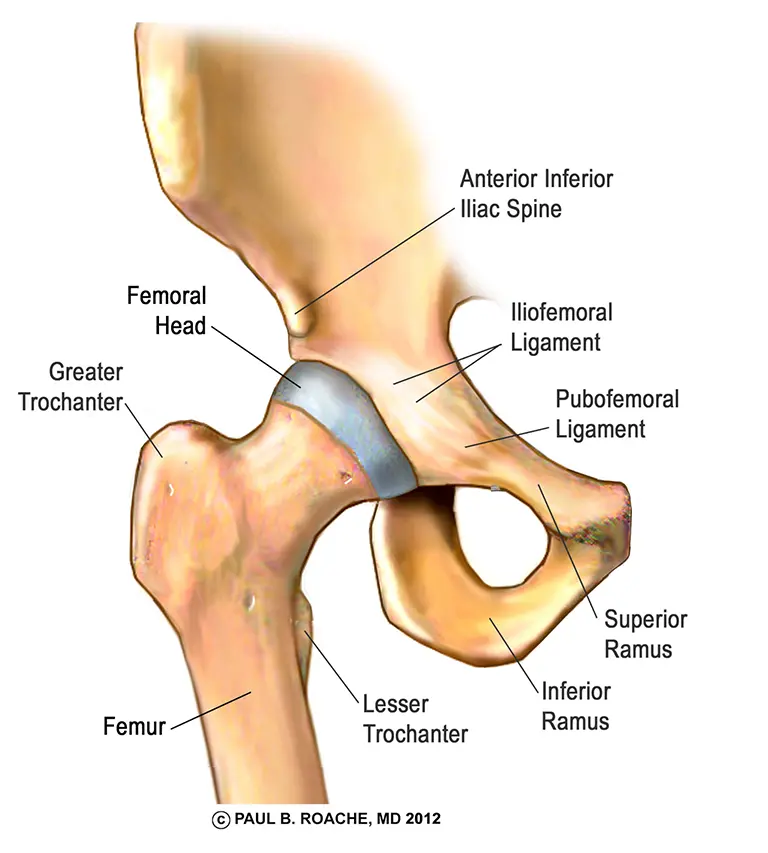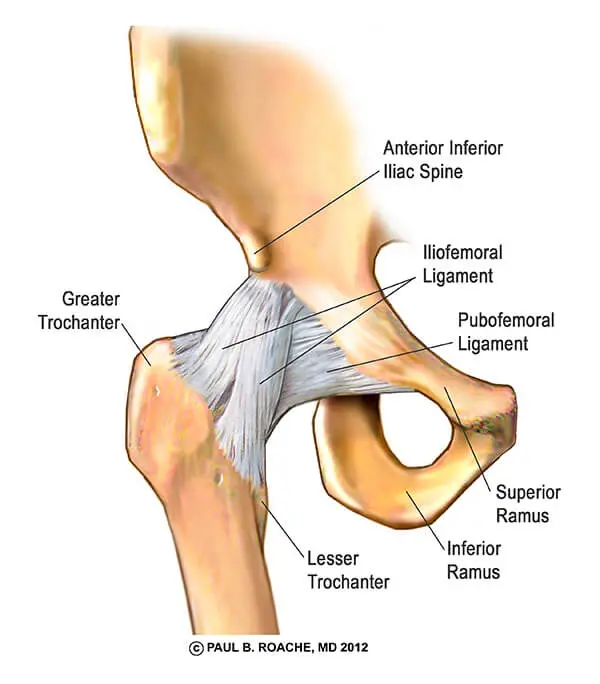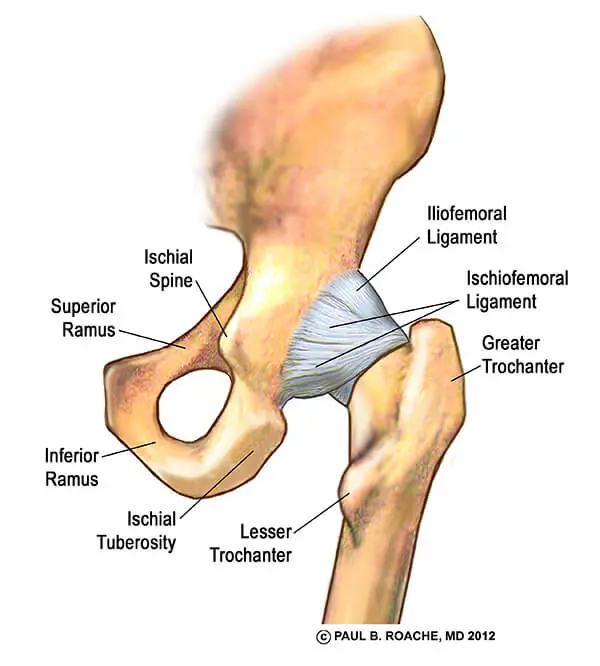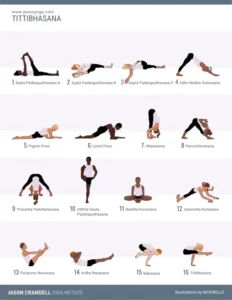Welcome to hip joint anatomy illustrated, part I.
Yoga has made me curious about my body for more than 20 years. When I feel restriction in my outer hips during Pigeon Pose, I wonder what exactly is holding me back—is it my gluteus maximus, my piriformis and external rotators, my posterior capsule… or my questionable karma? Hey, I’m a Virgo, I don’t like surprises, and teaching yoga is my passion, so I like to understand these things. That’s fair, right?
My hips have been a source of constant inquiry. I grew up skateboarding and playing ice hockey, so you can imagine that I’ve had my work cut out for me when it comes to creating more range of movement. For years, my singular focus was to open my hips. Now, a little older and a little wiser, I have a more balanced approach to my hips that also includes plenty of strengthening work.
Now, I’m creating these Illustrated Guides to Yoga and Anatomy for the students in my trainings—and, for you. If you’re interested in understanding your body and creating more sustainability in your practice, then we’re on the same page. And if you want to train with me more formally, you can either join my online anatomy-focused course, Managing Yoga Injuries or join me for my 500-hour teacher training. You can take the entire training or do individual modules. (Details here.)
This Illustrated Guide to Yoga and Your Hips, Part 1 focuses on the hip joint anatomy and ligaments. I know it’s not as sexy as the musculature, but the structure tells us a very interesting story if we’re patient enough to listen. It tells us the story of the body’s complementary demands of strength, stability, and flexibility. Unlike the relatively unstable ball and socket joint in your shoulders, the hip-joint is extremely strong due to the nature of the socket and the reinforcement it receives from the ligaments and muscles. Plus, if you understand your hip’s structure, you’ll have a much easier time understanding your muscles.
Now, let’s look at a quick, simple glossary so that you are on point with your terms:
Coxal Joint: This is the anatomical term used to describe the hip joint.
Head of femur: The rounded top of your thighbone that fits into your pelvis. This is the “ball” in the “ball and socket” of your hip.
Acetabulum: The dish-like part of your pelvis that the head of the femur fits into. This is the “socket” in the” ball and socket” of your hip.
Labrum: Fibrocartilaginous tissue that encircles the inside of the acetabulum. The labrum helps the head of your femur sit more deeply into the acetabulum, helps absorb shock, and helps form a seal for the fluid inside the hip joint. It’s made of the same tissue that the meniscus in your knee is made of and provides similar functions.
Ischiofemoral ligament: Located on the back of the hip joint, this ligament connects the ischium to the femur. This ligament helps limit excessive extension and adduction (internal rotation).
Iliofemoral ligament: Running from the front of the pelvis to the femur, this is the strongest ligament in the body. Its’ primary role is to limit excessive extension in your hips.
Pubofemoral ligament: Also running from the front of the pelvis to the femur, this ligament limits excessive extension and abduction (external rotation).
Hip Anatomy Yoga + Understanding the Hip Joint for Yoga
The Front of Your Hips
This simple, clean rendering shows the ball and socket with the ligaments and muscles removed. The head of the femur is colored silver so that you can easily see the nature of the ball and socket joint.

The Back of Your Hips
Another image that shows the ball and socket without the muscles or ligaments. This view is from the back.

The Center of your Hip Joint with the Femur Pulled Away
This illustration shows the interior of the ball and socket. You can see how the head of the femur plugs into the acetabulum and is encircled by the labrum. It reminds us that the hip joint is a full, 360 degree circle and that we want to create strength and flexibility in the entire circumference. This illustration will help you understand how the muscles are laid out in Part 2 of this series!

Your Acetabulum and Labrum
If you’re familiar with what the meniscus looks like, you’ll see that the labrum is almost visually identical. If you’re not, I’ll be creating a guide to yoga and your knees soon! Notice how the labrum is a horseshoe-shaped to cushion the femur and allow it to glide more smoothly in the socket.

Ligaments on the Front of Your Hip
The ligaments on the front of your hip are strong, powerful tissues that limit excessive hip extension and abduction. This means that these ligaments—if excessively tight—may have a limiting effect on hip extension your backbends or anything that requires your legs to be separated far apart, like Baddha Konasana.

Ligament on the Back of Your Hip
The Ischiofemoral ligament, which runs from your ischium to your femur, reinforces the back side of your hip joint. It limits excessive internal rotation.

I hope this illustrated guide gives you insight into your hips and helps you teach your students with greater confidence and clarity. We’ll look at the hip muscles in Part 2 and “best practices” for your hips in Part 3 (coming soon).
In case you missed them, here’s The Illustrated Guide Yoga and Your Core, Part 1 & Part 2.



